
OR
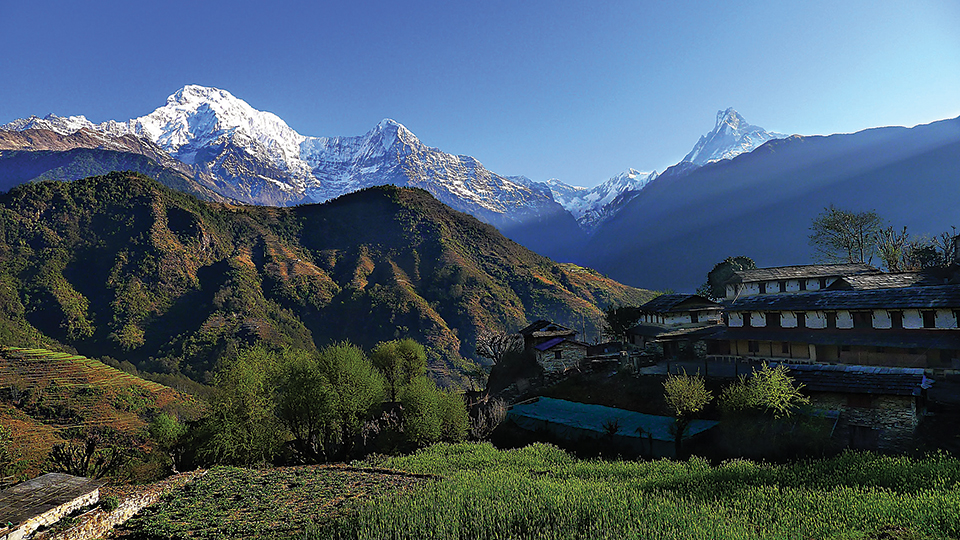
Traveling to new places and observing the culture and architecture there is something we all look forward to but it’s often something that requires extensive planning. However, when it comes to nature and exploring the wilderness, we are lucky that we don’t need to venture too far away, as the best of it is right here in our own country. Be it the beautiful mountains or the unparalleled biodiversity, Nepal is essentially a natural paradise. There are just so many places within Nepal that are begging to be explored and enjoyed. Here are some national parks in Nepal that make for excellent adventure and vacation spots to observe nature in all its glory.
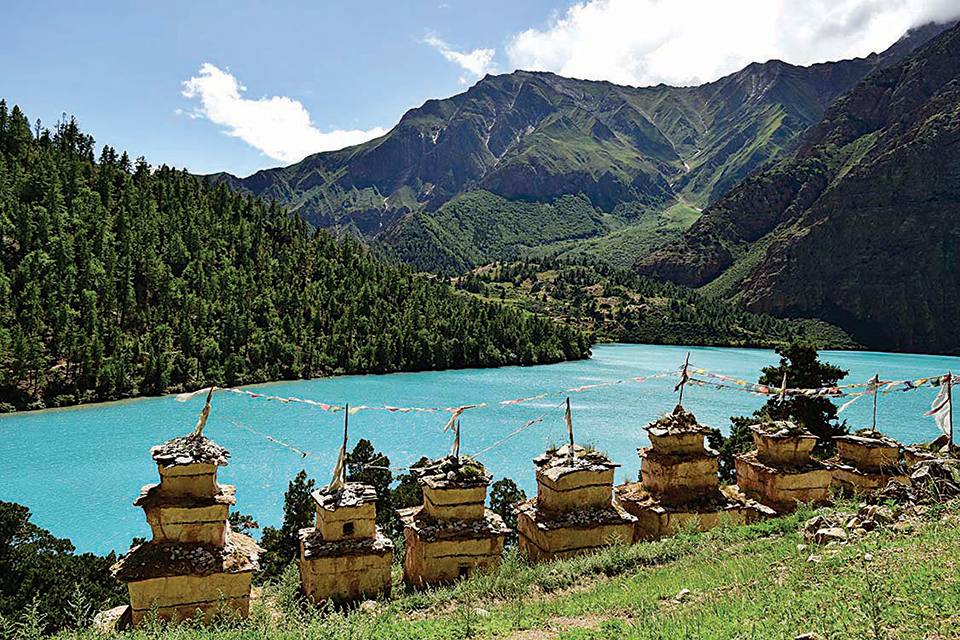
Shey Phoksundo National Park
Shey Phoksundo National Park is our country’s largest national park. The park is named after and holds the Phoksundo Lake, which is, no doubt, one of the most beautiful lakes in the world. The lake has a deep blue-green color that’s really captivating and calming. It’s also the deepest lake in Nepal and is situated at over 3,000 meters. The park also has a vast array of wildlife ranging from blue sheep, snow leopards, Tibetan yaks to musk deer. Because of the lake, the park is pretty popular for trekking and many people come to visit it every year.
There are over 9,000 people living in villages within the park boundaries and most of them practice Bon Buddhism which is an ancient religion closely associated with Buddhism and Animism. So, there are a lot of religious sites scattered around the park. If you are lucky, you might get to see the highest flying butterfly in the world—Paralasa Nepalaica—which only resides in this specific park.
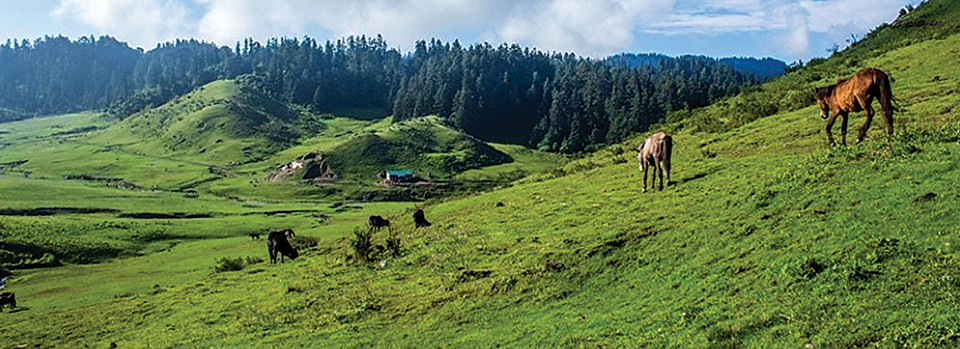
Khaptad National Park
Khaptad National Park, though very beautiful and biologically diverse, is often overlooked by people due to its location in the far-west. However, as the far-west of Nepal is relatively untouched by humans and thus it’s very impressive naturally. The park was named after Khaptad Baba who moved to the area to mediate in the 1940s. His devotees, therefore, often travel up to the park where they can experience both natural and spiritual journey. As the Khaptad National Park also holds religious significance, though everyone is welcome to visit, drinking alcohol, smoking, hunting and butchering animals are strictly prohibited. There are other places in this park related to Hindu beliefs like Saileswari, Ramaroshan, Badimalika, and Surma Sarovar which are all historical towns housing a number of Hindu temples. The park boasts a landscape filled with green rolling hills, and views of the Himalayan mountain range. Moreover, the moderate weather—especially during summer—being neither too hot nor too cold makes the place pretty ideal for a little adventure.
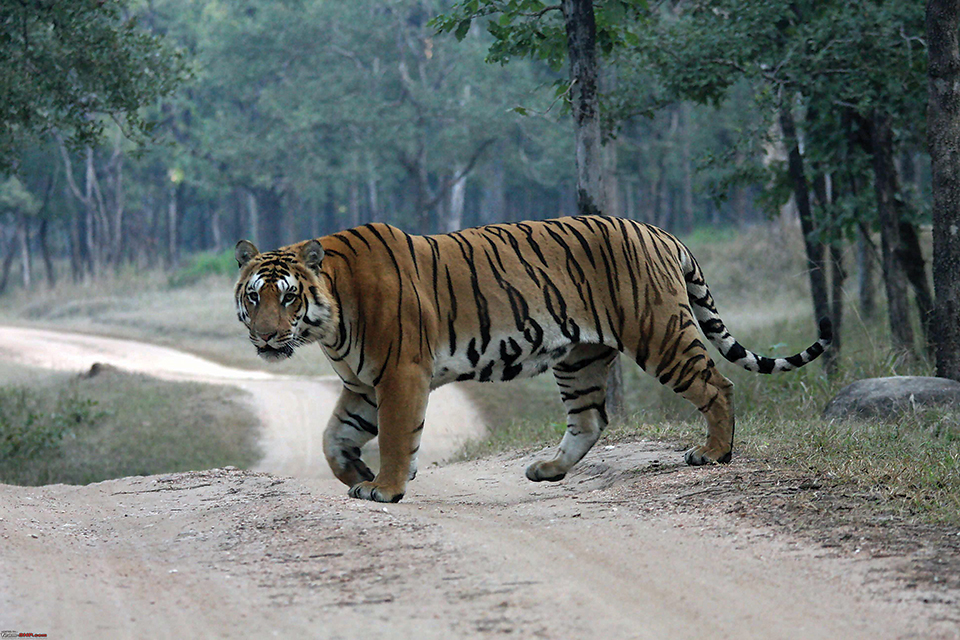
Shuklaphanta National Park
Initially, Shuklaphanta was the hunting grounds for the royals but it was turned into a wildlife reserve in 1976. But it was only in 2017 that Shuklaphanta was upgraded to national park status. One of the major attractions of the park is the swamp deers as well as the large herds of elephants that reside there. If you’re lucky, you can also spot tigers and rhinos. According to a census conducted a few years back, there were approximately 17 tigers living at the park. Shukalaphanta also boasts grasslands, forests, riverbeds, and tropical wetlands that are able to accommodate this large biodiversity among flora and fauna.
Moreover, Shuklaphanta is also considered a birdwatcher’s paradise as there are apparently over 400 bird species within the park. Bengal Floricans—birds that are critically endangered because fewer than 1,000 of them were estimated to be alive as of 2017—are present here. Similarly, various types of eagles, owls, woodpeckers, vultures, and the impressive painted stork can also be seen at the park.
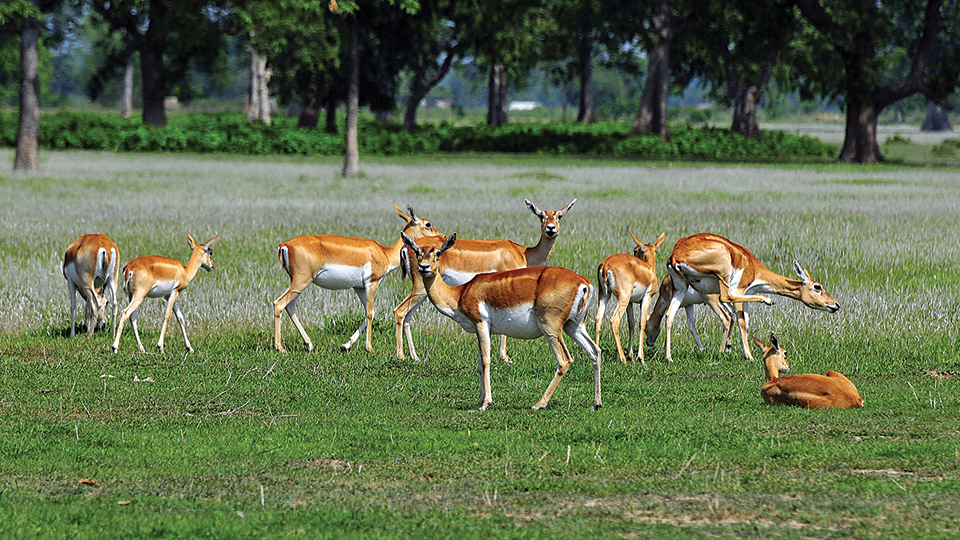
Banke National Park
Banke National Park is an amazing park made especially to protect endangered species in the area. Thanks to the conservation efforts made in the park, tiger populations have doubled within its boundaries. In Banke National Park, the endangered Asiatic elephant, and four-horned antelope also roam freely alongside over 300 species of birds and countless reptile and fish species. Locals at Banke often call it the “gift of the earth” and are very passionate about preserving the park’s heritage as well as wildlife.
The entire park has eight distinct ecosystems within itself, including forests, grasslands and mountain ranges. Moreover, it also houses and is connected to several wildlife sanctuaries in the area that helps protect endangered wildlife. To its west is the Bardia National Park which is also a great, biologically diverse national park. Banke National Park is Nepal’s newest national park (established in 2010) and can be seen as an important part of our country’s continued conservation efforts.
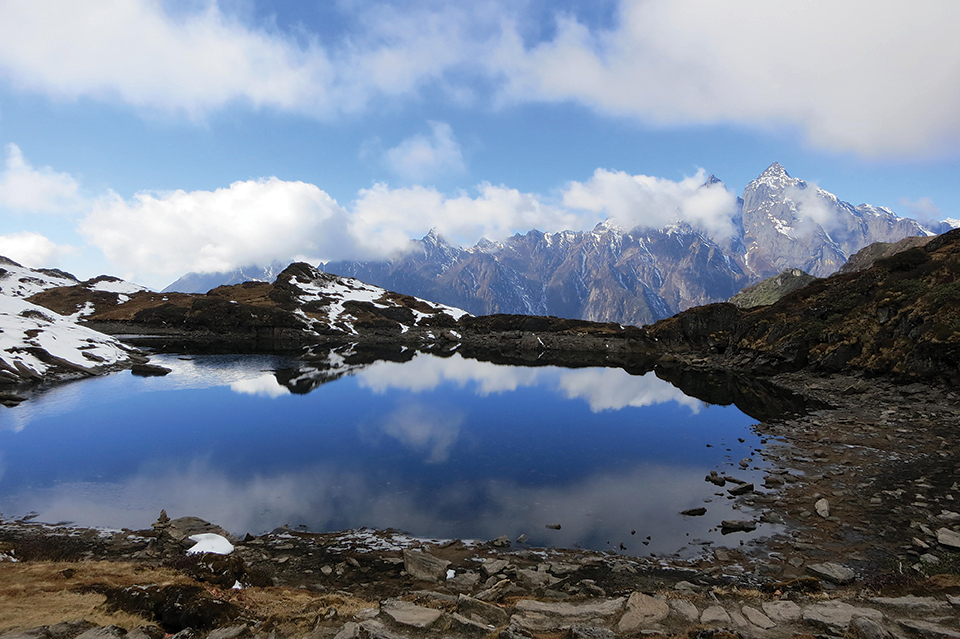
Makalu Barun National Park
Makalu Barun National Park, though stunning, is relatively remote just like Khaptad National Park. Maybe it’s the remoteness that makes it such a marvel. Anyone who visits is sure to be blown away by the skyline that is home to some of the world’s largest mountains. The park is named after and built around Mount Makalu (8,463 meters) and is the fifth highest mountain in the world. Other mountains in the park that are around Mount Makalu also impressively reach over 7,000 meters above sea level. Also, the Makalu Barun National Park is the only protected region in the world to have an elevation of 8000 meters above sea level. Like all the national parks, it boasts incredible biodiversity and is home to flourishing nature. There is amazing diversity in the flora and fauna here and over 40 types of orchids can be found at the park. It’s also home to rare animals including the snow leopard, endangered red panda, various deer species, and the Himalayan black bear.
Sagarmatha National Park
Sagarmatha National Park, though hailed as one of the most ecologically diverse places in the world, has yet to attract the Nepali population. The tourist influx we get every year is enough to prove that this park is nothing short of exceptional. This protected area is, of course, home to Mount Everest, the world’s tallest peak. You can observe the Himalayan Range in its full glory from the park. Along with the mountain terrain, the park is home to animals such as the snow leopard, lynx, bears, hares, and the Himalayan Thar. The park is pretty untamed and its geography is such that, except for the trekking trails, the surroundings have no roads which only adds to its beauty.
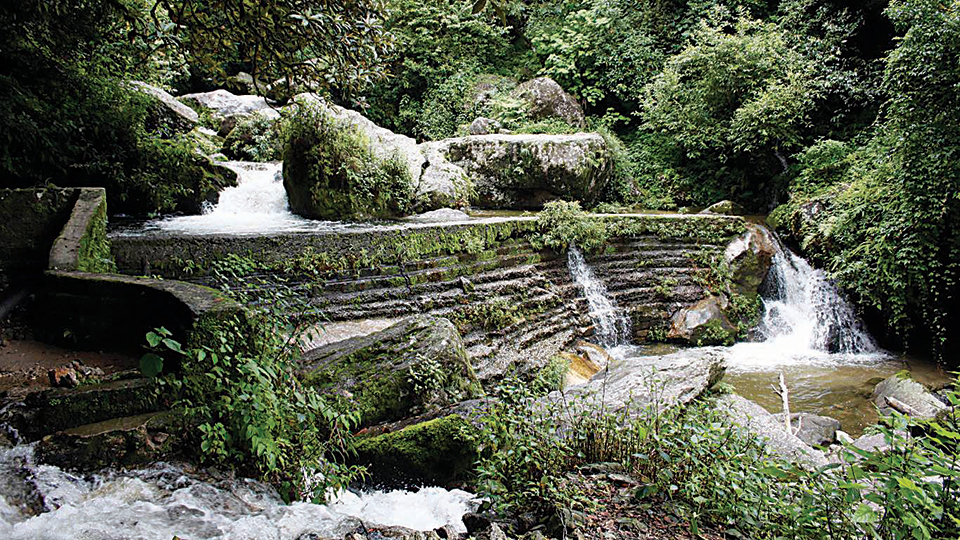
Shivapuri-Nagarjun National Park
Anyone wanting to be midst nature but not having the time or resources to go very far from Kathmandu can visit the Shivapuri-Nagarjun National Park. As this park is situated close to Kathmandu, it’s quickly becoming a favorite getaway for locals and visitors who wish to escape the hustle and bustle of the city. The best thing about this park is that there are a number of well-established hiking trails that run alongside springs of fresh clean water, green hills, mountain views, and lush forests and one has the luxury to go on a little adventure without having to fear getting lost too far from civilization. Along with several medicinal plants, the park also boasts other flora like over a 100 varieties of mushrooms, more than 2,000 flowers and 16 rare plants.
You May Like This
-1200x560_20220209150522.jpg)
Number of tigers double in Shuklaphanta
KANCHANPUR, July 30: The number of tigers in Shuklaphanta National Park has doubled. The number of spotted tigers has increased... Read More...
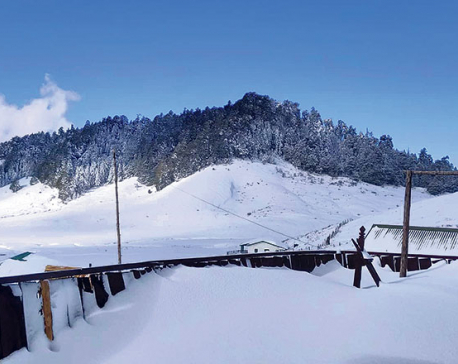
Heavy snowfall in Khaptad, wildlife at risk
DOTI, Dec 16: Heavy snowfall and dipping mercury in Khaptad area has put the wildlife there at the risk of survival.... Read More...








Just In
- Silent period for by-election to begin from midnight
- SC issues short-term interim order to govt and TU not to take immediate action against TU legal advisor Khanal
- National consultation workshop advocates to scale up nutrition smart community in Nepal
- Patan High Court issues short-term interim order to halt selection process of NTB’s CEO
- NEPSE inches up 0.15 points; daily turnover increases to Rs 2.53 billion
- Bagmati Govt mandates tri-lingual signboards in offices
- Inferno destroys 70 houses in Mahottari
- Health ministry urges precaution against heatwave











Leave A Comment